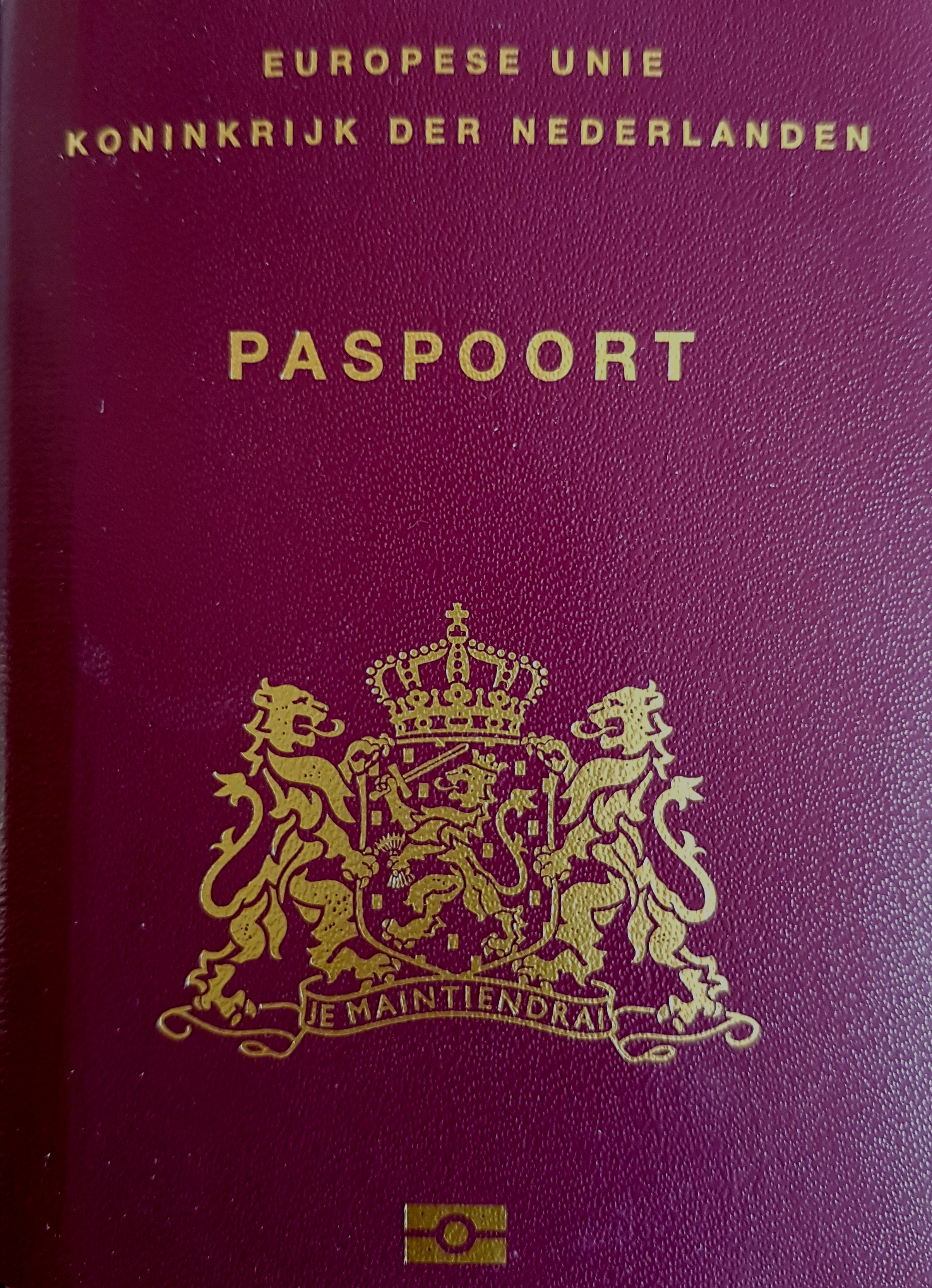
My mother had been waiting for the right opportunity for over 30 years. And my sister had already left the Netherlands some years ago, and vowed to never return, even intending to rid herself of her most prized posession—her Dutch passport. Since she left for Ireland and then Scotland, she would visit us left-behinds about once per year, apparently just to remind us that we, too, should someday pull our wooden shoes out of this once-swamp.
Having exchanged the lowlands for the highlands, Laurelin—my sister—didn’t remain as enamoured with the Scottish weather as she was with the Scottish landscape. The climate in the highlands turned out to be even less agreeable than the Dutch climate—that clammy, swampy stuff that Annemarie—our mother—still wished to escape.
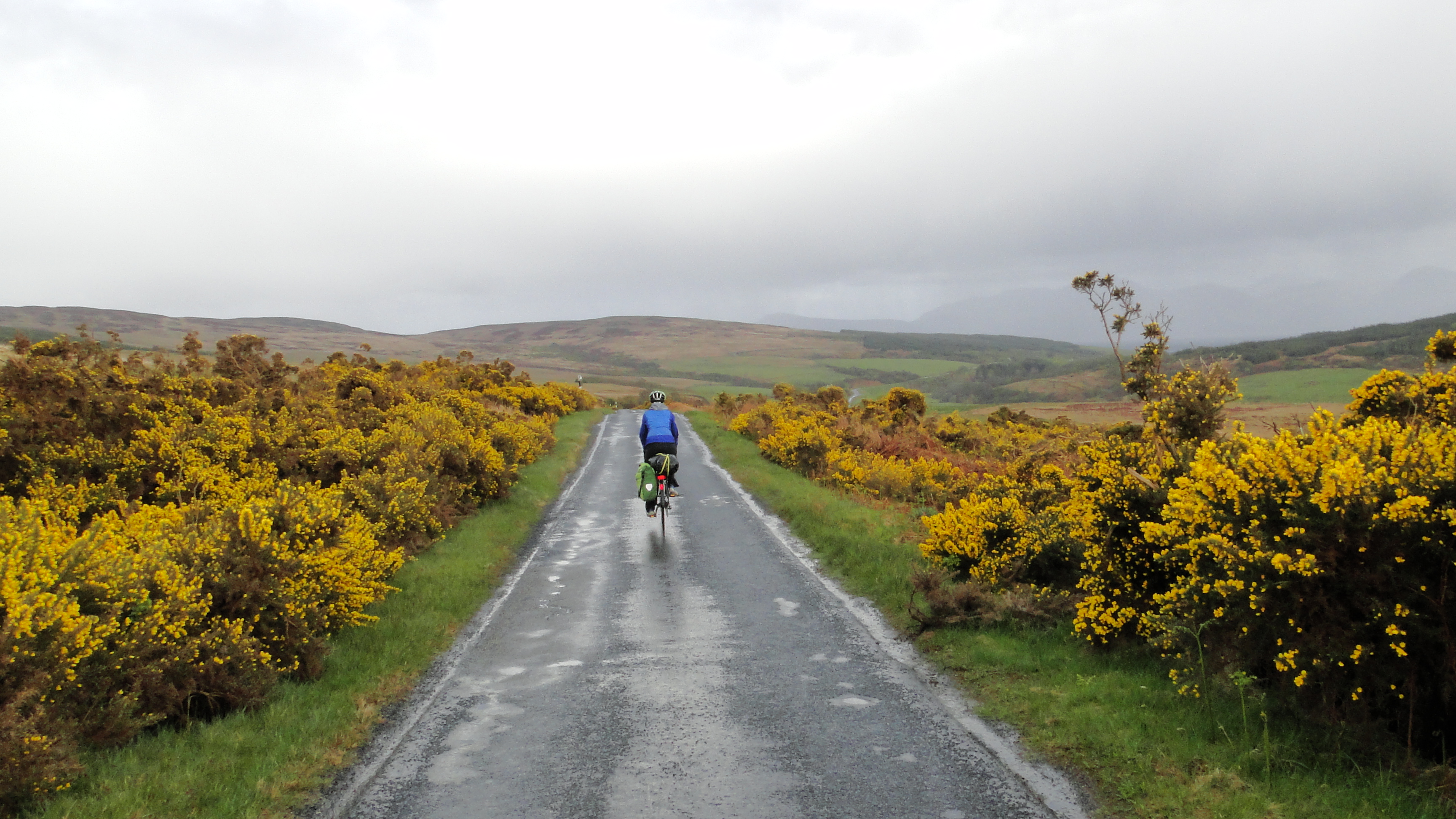
Annemarie had indeed long intended to leave the low lands and its damp, cold climate. But she didn’t want to go alone, without family. And it was financially attractive to wait until she was older than 65. As long as I can remember, she had hated the Netherlands. Never since returning from the post-graduation year that she and my father spent in the Middle East had she felt at home in the Netherlands. They had almost emigrated, she and my father. I was in her womb while they explored New Zealand as a place to raise me and my siblings. But, my father’s world-saving ambitions got in the way. He could get a (temporary) research position at the University of Groningen. And I was born in Norg to grow up in the Netherlands.
My mother divorced my father 15 years after I was born. Then, another 20 years passed since that split-up. So, why was my mother still here, growing older while undergoing the “drab greyness” of Dutch existence? Some of her children were growing impatient to see her leave, hoping for her to live out her old age in a environment that would better fit her sensibilities. But, like I said: it was a bit too grand of an adventure to go at it alone, especially for a lady of now-respectable age, with five grandchildren.
New possibilities emerged when Laurelin grew sick with her job in Stirling, and quit (like bosses do). Laurelin had long dreamt of living somewhere in the country side near my mother (and other family; I was also invited). She and her boyfriend Nils want to grow their own veggies. All of them took to the Portuguese climate. (Us too, in fact; Marilisa and I went looking with them, last December.)
Shortly thereafter, they moved. They took their belongings, asked a hauling company to load it into their largest trailer, and drove to Portugal—to their new property—to wait for the movers to shuttle their stuff from storage, van by van. (Their large truck wouldn’t be able to reach their remote property.)
The day before their departure, we were helping them with a curious task: to load their own trailer. Now, I know that loading trailers is not an exceptional thing to do when you’re moving. What was exceptional is what we were loading it with:
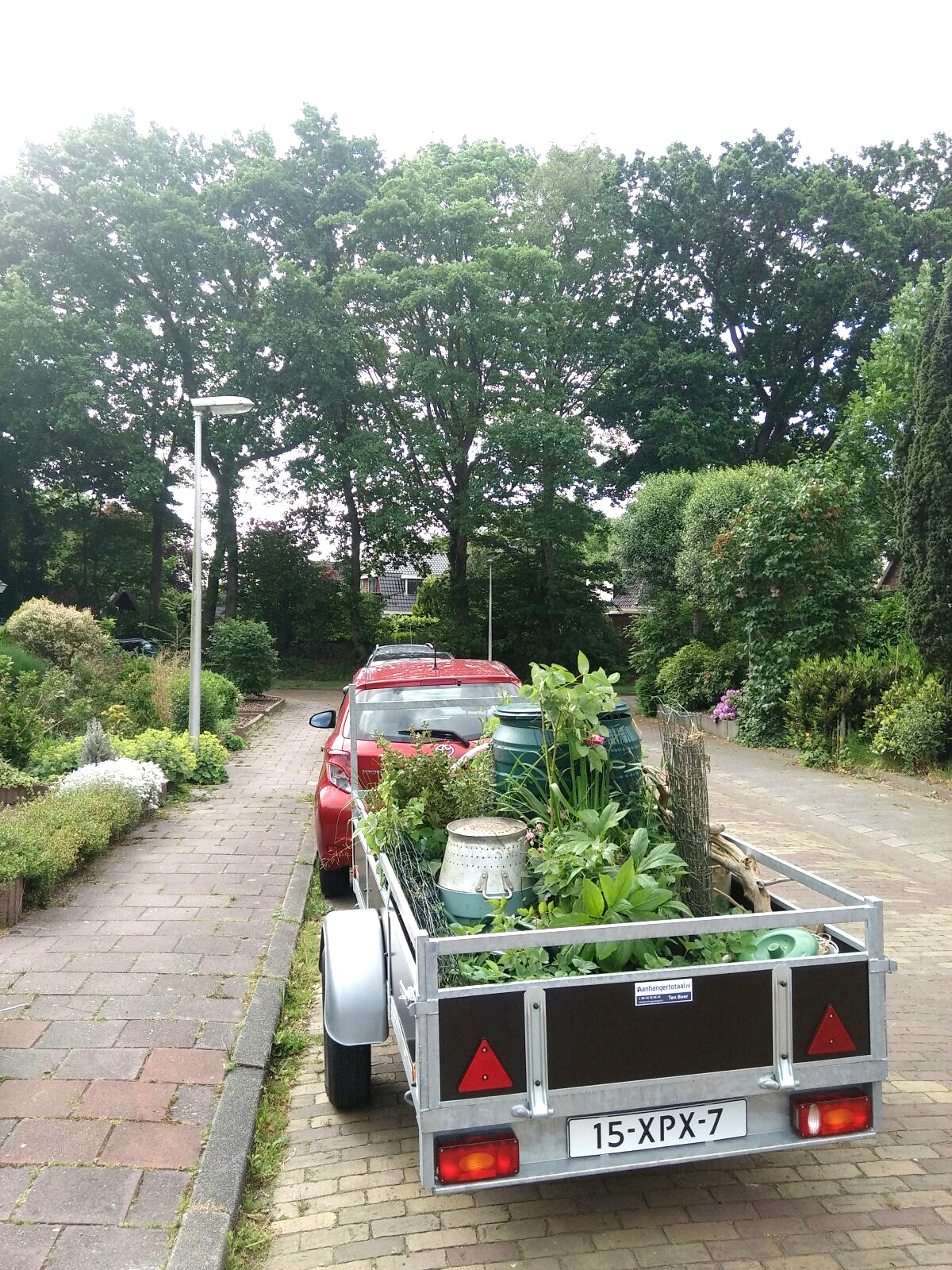
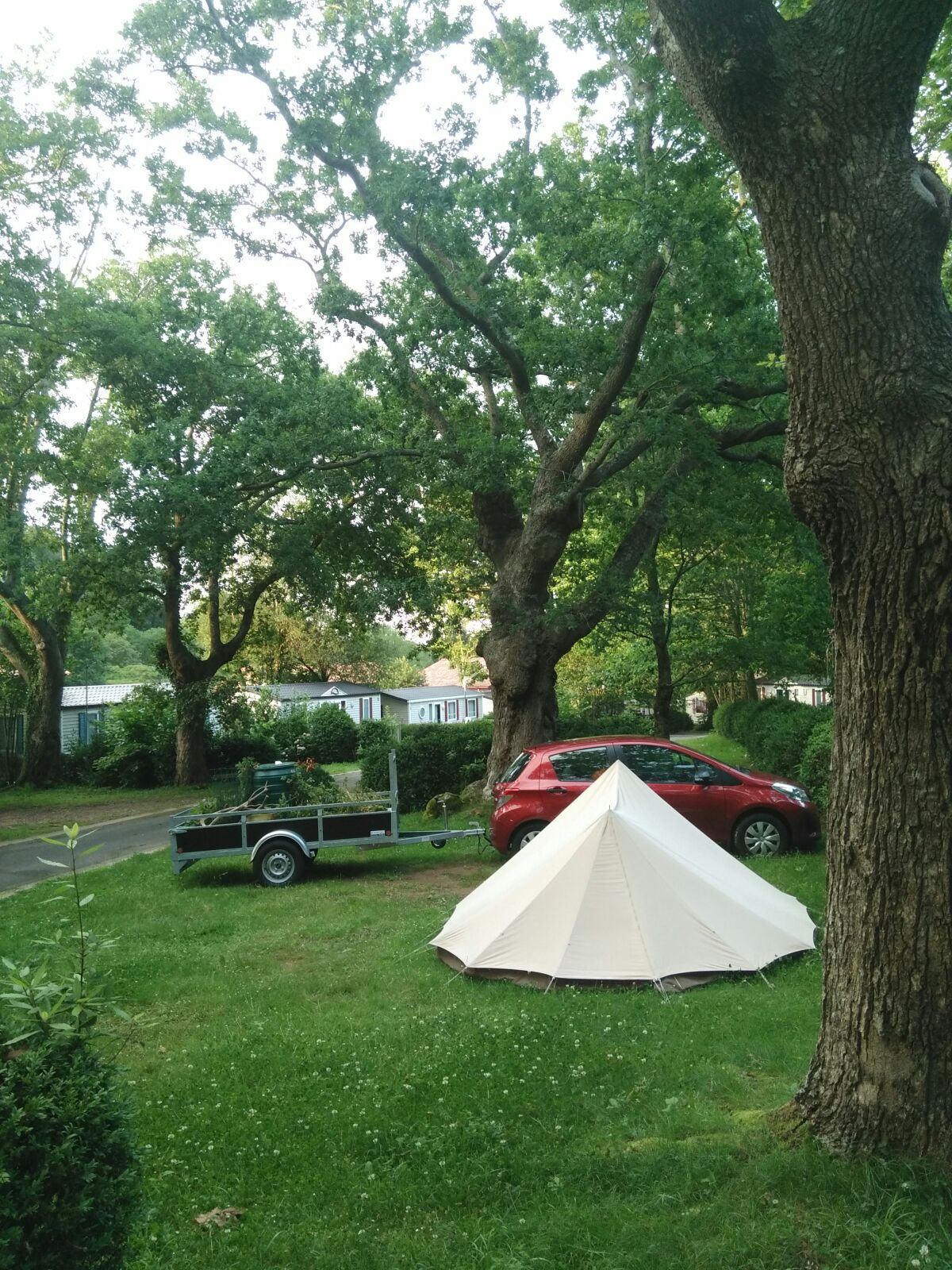
The trailer was loaded with my mother’s garden. They would drive 2300 km with a garden behind the car.
After 8 days of driving and occasional recharging at various campings, they arrived at Ponte de Pedro (on June 8) with most of their plants mostly intact. The plants could soon settle in their new home. Their owners, however… They would have to wait a bit before settling. But, more about that later.
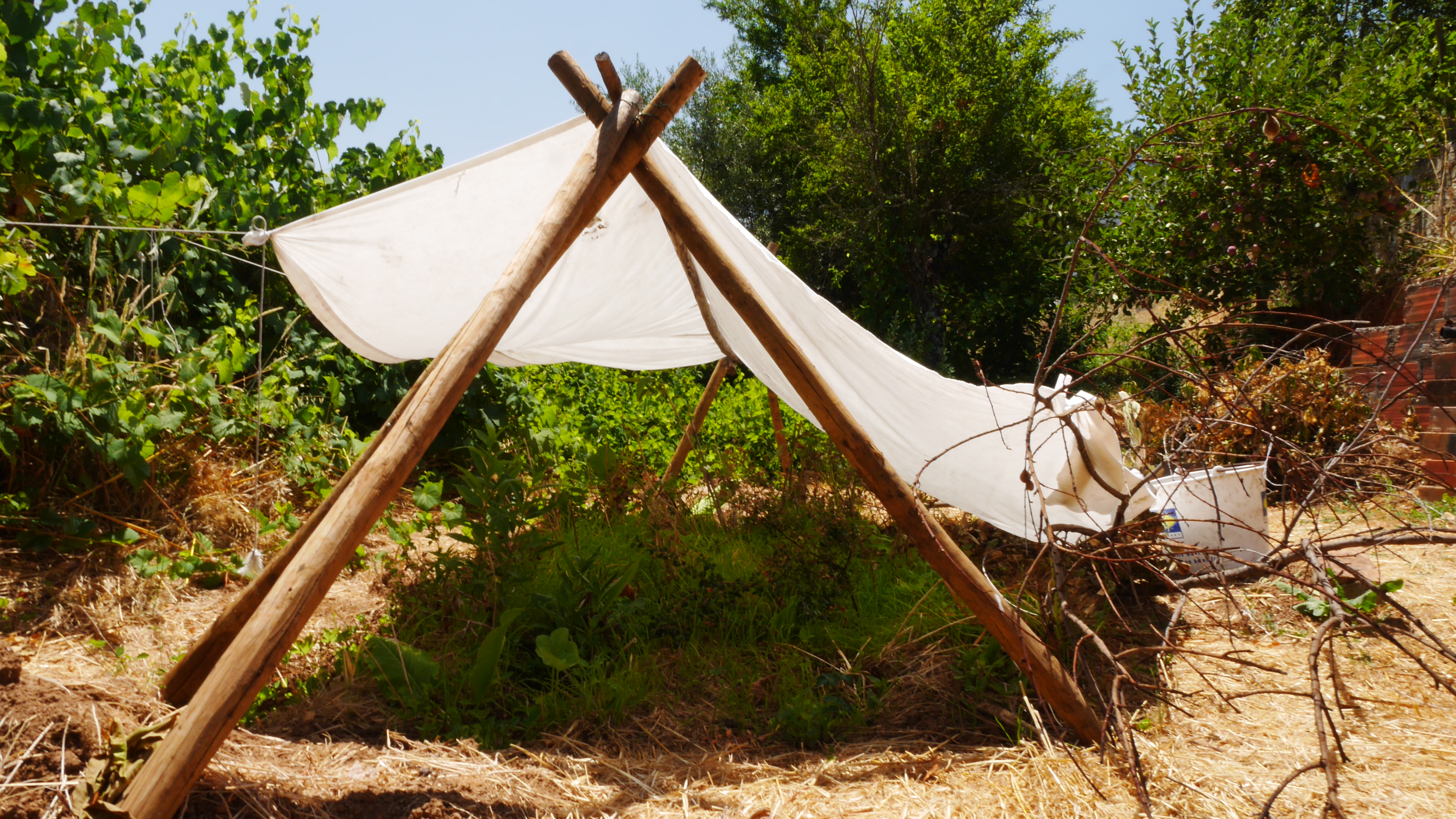
I want to end this first article in this series about life in Ponte de Pedro by exclaiming the relief I felt when my mother finally left for Portugal: “Yes… And take your plants with you!”
